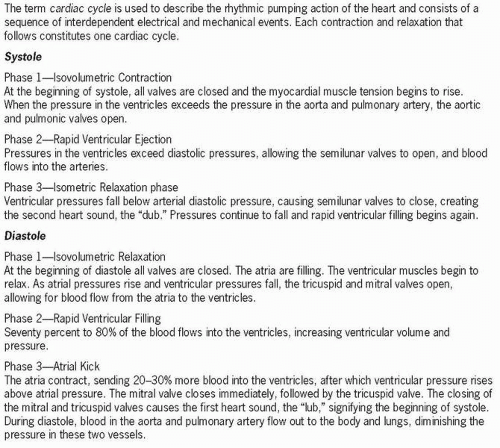Anatomy and Physiology of the Cardiovascular System: Part I
The main function of the heart and blood vessels is to transport oxygen and nutrients to the body tissues. This is needed to remove metabolic waste products such as carbon dioxide, nitrogenous wastes, and acids from tissues to the kidneys for elimination. The heart provides a pumping mechanism, and the blood vessels provide the transport system. The arterial system delivers the blood to the tissues, whereas the venous system returns the blood to the heart. The cardiovascular system works in an integrated fashion and has both intrinsic and extrinsic control mechanisms to accomplish its task.
The anatomy and physiology of the heart are such that the right side of the heart receives carbon dioxide-laden deoxygenated blood from the body via the venous system and delivers it to the lungs for carbon dioxide removal and oxygenation. Oxygenated blood returns to the left side of the heart for delivery out to the body via the arterial system.
 The anatomy and physiology of the heart are such that the right side of the heart receives carbon dioxide-laden deoxygenated blood from the body via the venous system and delivers it to the lungs for carbon dioxide removal and oxygenation.
The anatomy and physiology of the heart are such that the right side of the heart receives carbon dioxide-laden deoxygenated blood from the body via the venous system and delivers it to the lungs for carbon dioxide removal and oxygenation.Stay updated, free articles. Join our Telegram channel

Full access? Get Clinical Tree


Get Clinical Tree app for offline access

